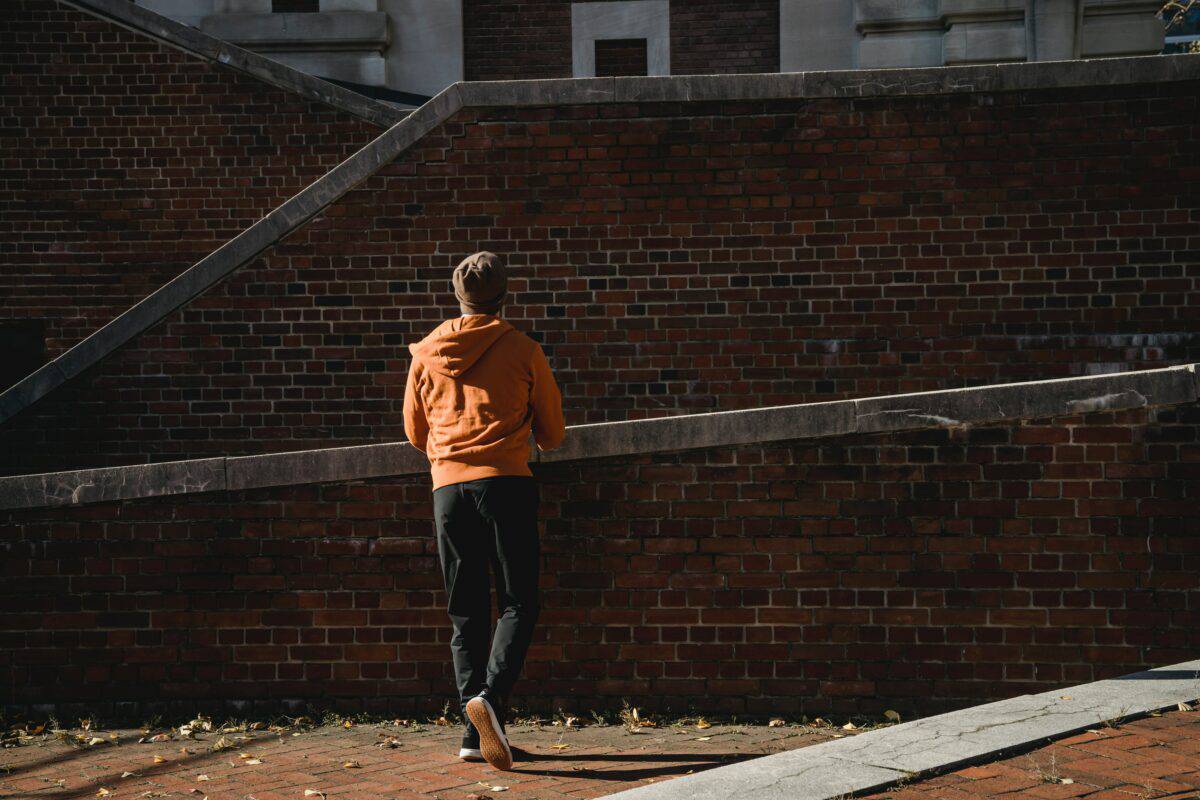[AF in this instance means ‘Actionable Feedback’, but secondary title to this series is “Student Centered Teaching Practices”]
As a teacher we want to make sure we find the right answers for the problems that arise in our students. The answer may not always be the ones we are used to, or the solutions that worked for us. Like an engineer working towards increasing the efficiency of their creations, the more efficient we can be with our students allows us to save energy, increase their rate of progress and it broadens our toolset as movement practitioners/teachers. These are a some concepts I keep in mind so that I can continue working towards having the most effective sessions when I teach. I know there is more to be discovered but I hope you find this useful in your journey!
Trust and Honesty
The first question I’d like you to ask yourself is why are you teaching? My personal motivation is twofold. One aim is to spread Parkour, something that helped me immensely in the formation of who I am today, and the second is to be a positive influence in peoples lives, which was severely lacking in my life until I had begun my martial arts journey. If we don’t understand our motivation, regardless of how concrete or abstract our reasons may be, it must be something we own and are honest with. The first step in creating a productive student/teacher relationship is to build trust. Trust is built off of honesty with oneself in the hope that it will instill an honest interaction with our students as well.
The most efficient way to attain our goals as a coach is if we treat the goals of our students as important as our own in the moments that we are together. Being open, honest and communicative about our goals as well as the ones of our students will begin to create this open line of communication with which we can use to create a positive feedback loop based not solely off of authority, but mutual respect and shared aims. Through this trust we also can become more aware of the students’ unspoken goals and potential obstacles to their goals, building this awareness of the student is our next step.
When beginning this honest dialogue remember…
- You are both people first! It doesn’t matter their age/experience level/gender/race etc. if you start off giving them common human decency you will bypass a lot of the unhelpful power dynamics that can be created and result in feeding ego’s or learned helplessness.
- We are all a work in progress. I find my most inspiring teachers were continually learning and more than willing to share their journeys and struggles. When someone sees skills tied with an ego or an air of unapproachability it can make the learning process more uncomfortable than it needs to be. Coaching is a service industry and if your motivations are predominantly to feed your ego or be proven “right” you might not be in the right place. Helping others and seeking truth will serve you much more sustainably.
- This is about them! As we’ve hopefully already found our own personal motivations for teaching we must also understand that students come with their own as well, which must be honored and worked with. As much as I’d love to have others latch on to Parkour and make it an important part of their lives, some people just want to get more fit in a different way, others just want to learn a backflip, some just want to be their favorite Assassin’s Creed character. None of these motivations are any better or worse than your own but by being honest you can find the ones that you want to work with and by being humble you may find yourself surprised when you help someone with an aim that you may not understand.
I recently assisted a class where the focus was on falling/flipping backwards. Generally I like to do a pretty in depth and progression driven class that leads towards the back tuck but in the interest of time we spent most of my section learning to fall and half flip over different obstacles and maintaining a good landing. At the end just to get the feel of the flip we had the students double spotted through a back tuck and landing on a big mat. At the end of the session one of the students had talked about being enamored with the backflip for many years and how unattainable the movement had seemed.
He was amazed and happy with even the double spotted backflip and with it he felt one step closer to a long time goal. This is a movement I’ve taught for many years to many people and it’s easy to get jaded sometimes. In that moment I could see the back tuck through his eyes. It was an enriching and empowering experience for both of us and it made me realize how narrow my viewpoint and value system can be when I’m not vigilant against it. Building this trust and awareness of your students and their goals is imperative to your shared success!
- parkour learning/coaching content via XP,
- one on one consulting for parkour training/teacher training,
- in person workshop services for students or teachers based of the Explore Parkour material.
[Feature Photo by Mary Taylor via Pexels.]

